
Pashmina Shawls: What Are They Made Of?
Pashmina shawls, renowned for their exceptional craftsmanship and unmatched warmth, these shawls have been cherished as iconic symbols of luxury and elegance throughout history. Originating from the Himalayan region, these beautiful accessories have captured the hearts of fashion enthusiasts worldwide. In this article, we delve into the captivating world of pashmina shawls, exploring the materials that make them so unique and coveted.
The Origins of Pashmina
Pashmina shawls derive their name from the fine wool known as pashm, which is obtained from the Changthangi goat. These goats, native to the high-altitude regions of the Himalayas, have evolved to withstand extreme cold temperatures. To protect themselves, they grow an incredibly soft and warm undercoat.
The Making of Pashmina Shawls
- Pashm (Cashmere) Wool: The primary material used in pashmina shawls is the fine pashm wool, commonly known as cashmere. Pashm is hand-harvested from the Changthangi goats during the spring molting season when they naturally shed their winter coat. This downy undercoat is carefully collected, ensuring that only the softest and finest fibers are selected.
- Hand Spinning: Once the pashm wool is collected, it undergoes a meticulous hand-spinning process. Skilled artisans skillfully spin the fibers into fine threads using a traditional spinning wheel or a charkha. This laborious technique ensures the preservation of the delicate and lightweight nature of pashmina.
- Hand Weaving: Pashmina shawls are traditionally woven on handlooms. Artisans employ intricate weaving patterns and techniques, passing the spun threads through the loom to create a beautifully textured fabric. The craftsmanship involved in weaving pashmina shawls is a testament to the skill and artistry of the artisans who have honed their techniques over generations.
- Dyeing and Embellishments: After the weaving process, pashmina shawls may undergo dyeing to add vibrant colors. Natural dyes derived from plants and minerals are often used to maintain the organic and environmentally friendly nature of the craft. Additionally, pashmina shawls can be adorned with delicate embroideries, intricate patterns, or decorative borders, further enhancing their beauty.
The Unmatched Luxury of Pashmina Shawls
The use of pashm wool in crafting pashmina shawls is what sets them apart and contributes to their unparalleled quality. Pashmina's unique characteristics, including its exceptional craftsmenship, lightweight feel, and excellent insulation properties, make it an ideal material for cold weather garments. The natural fibers of pashmina ensure breathability, providing warmth without overheating.
The Enduring Legacy of Pashmina Shawls
Pashmina shawls embody the rich cultural heritage of the Himalayan region and the craftsmanship of its skilled artisans. The careful selection of the finest pashm wool, the intricate hand-spinning and weaving processes, and the addition of natural dyes and embellishments all contribute to the timeless allure of pashmina shawls.
Supporting ethical sourcing and fair trade practices ensures the preservation of this ancient craft and empowers the artisans who continue to create these exceptional accessories.At Shahkaar, we take pride in promoting the art of pashmina, making a conscious choice to celebrate its heritage while fostering a sustainable and equitable industry.



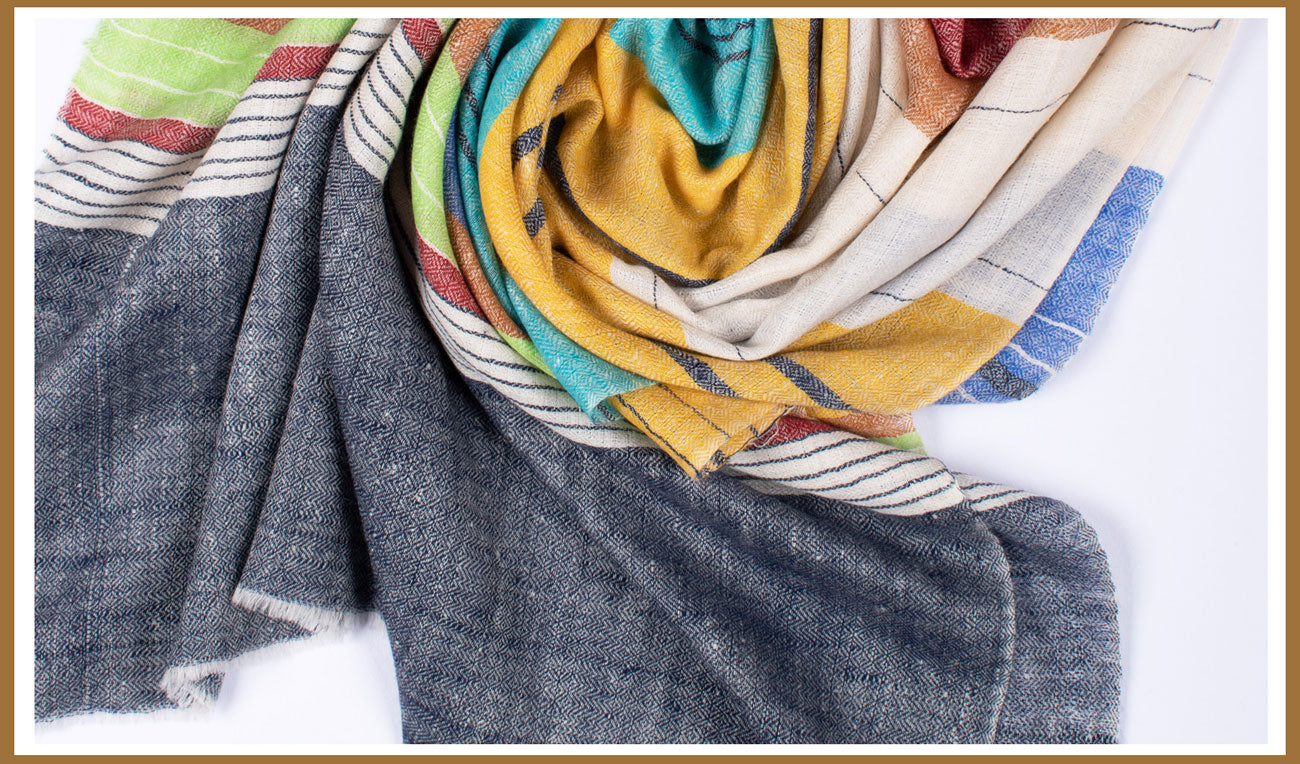
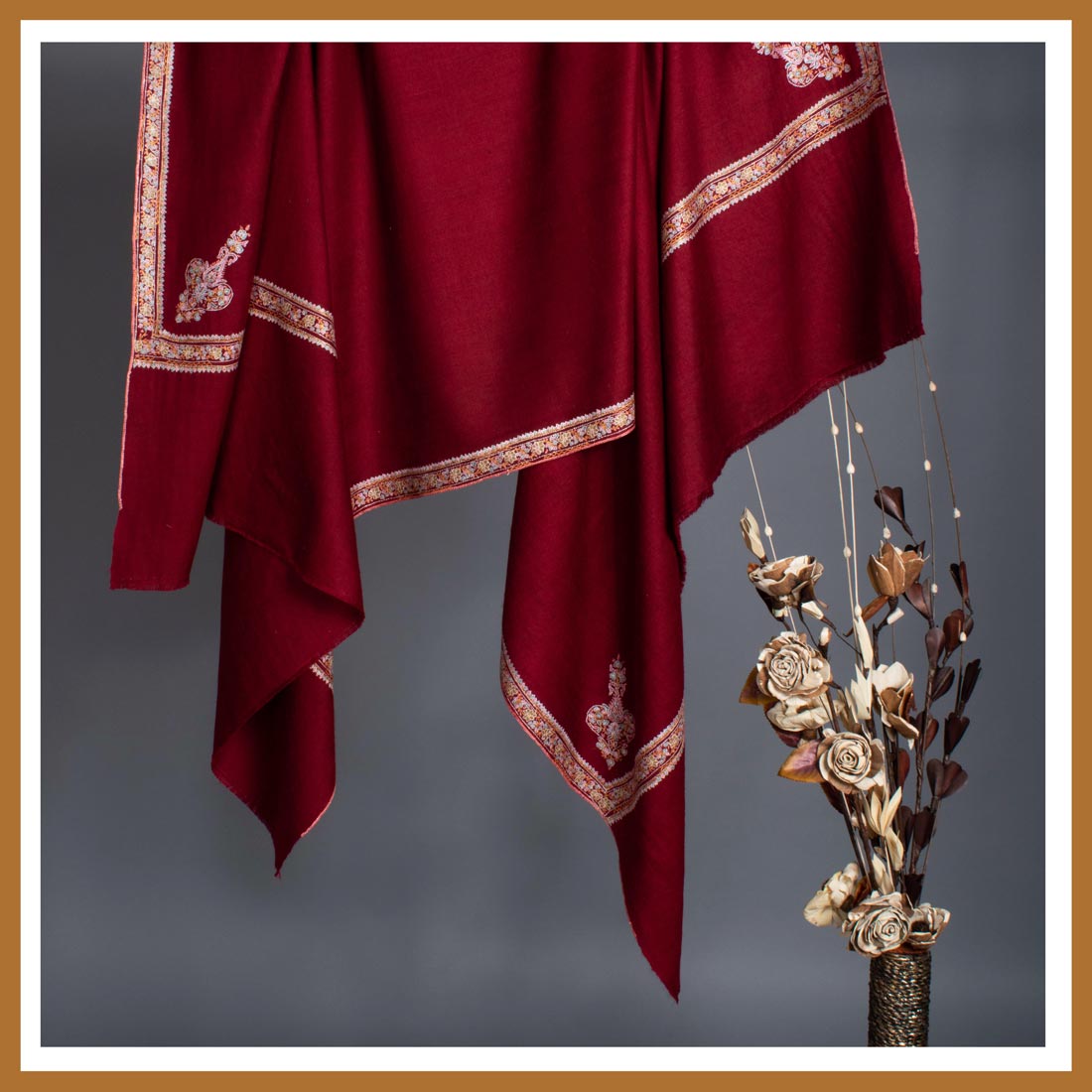
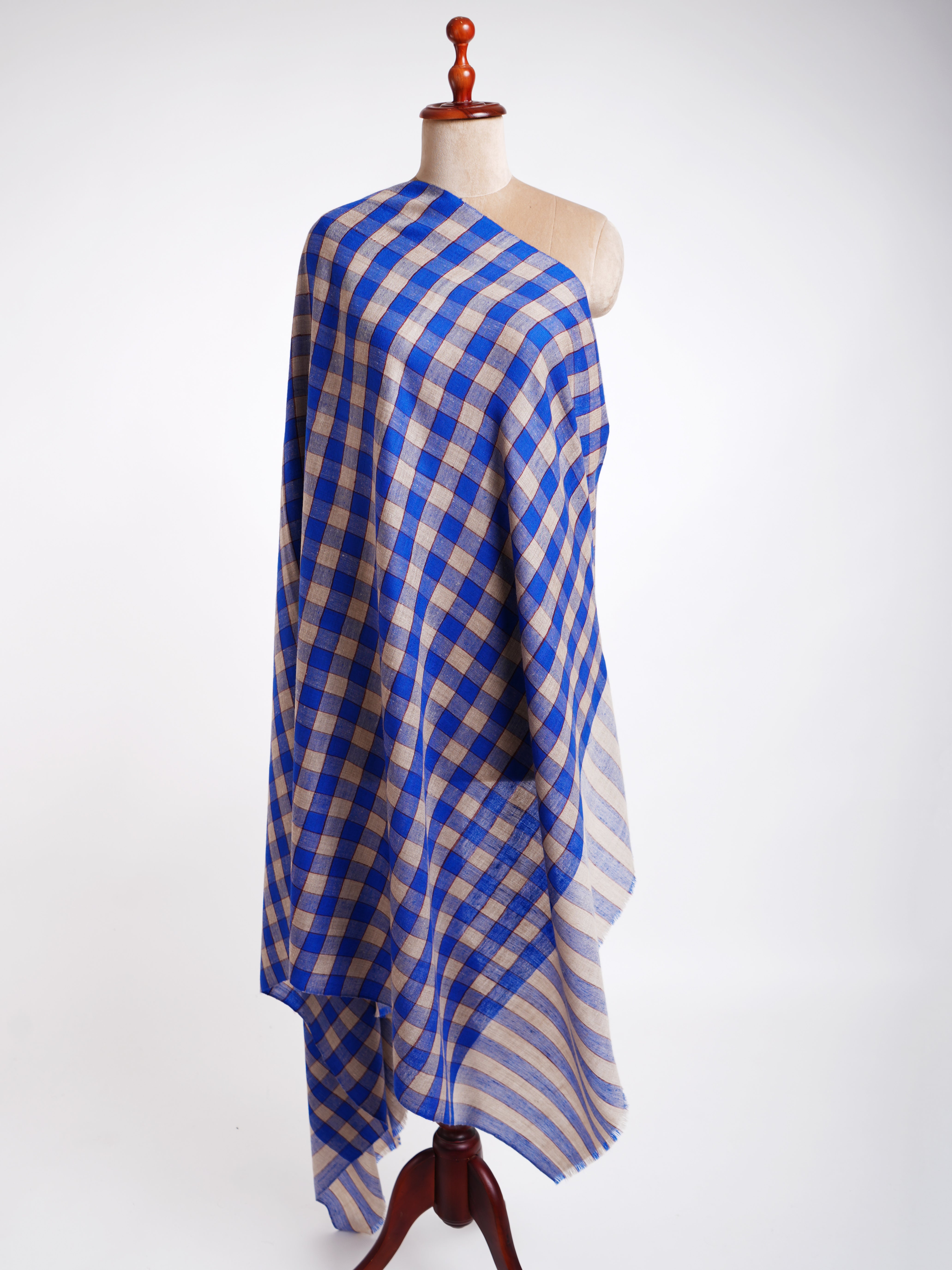
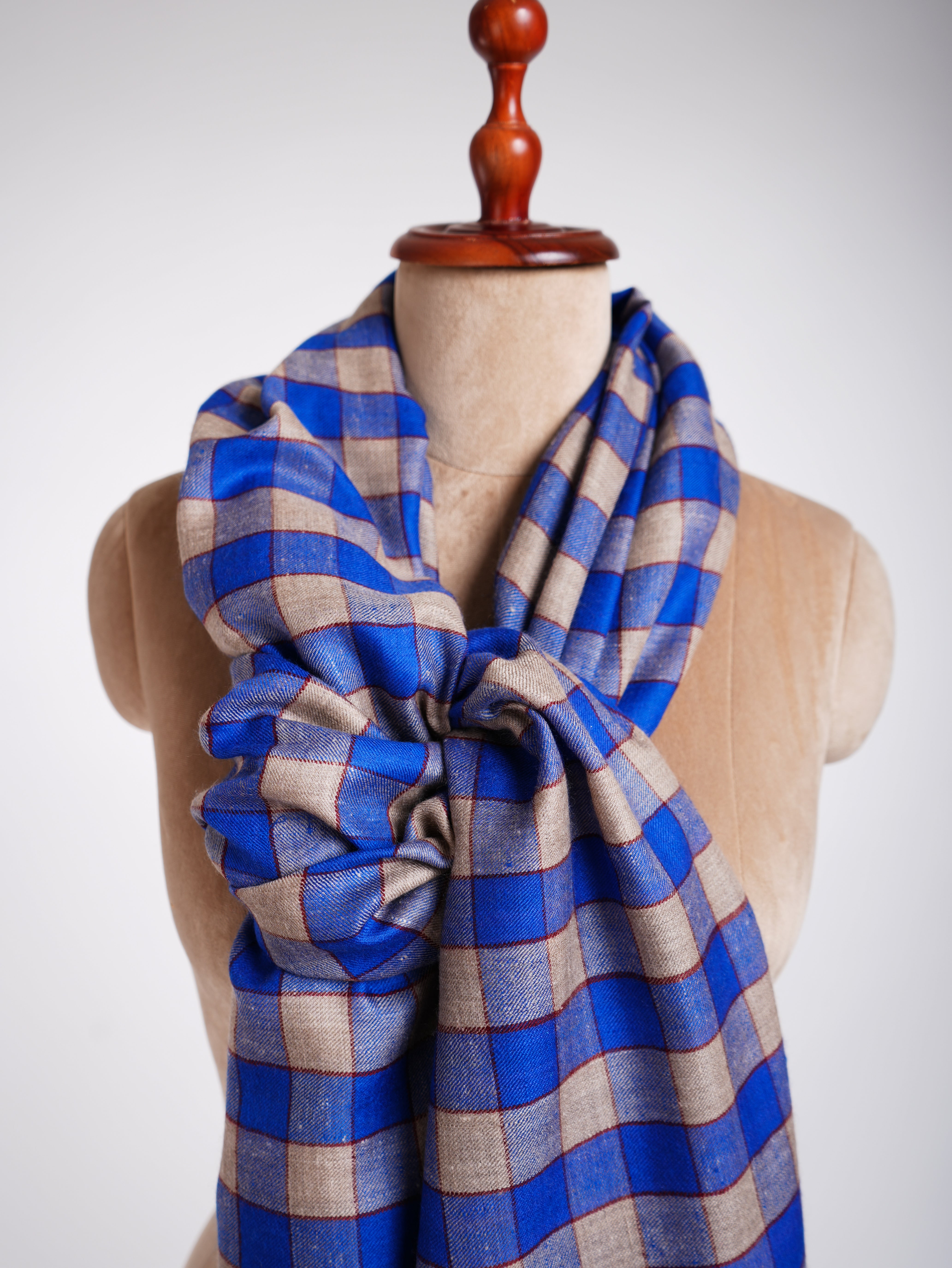

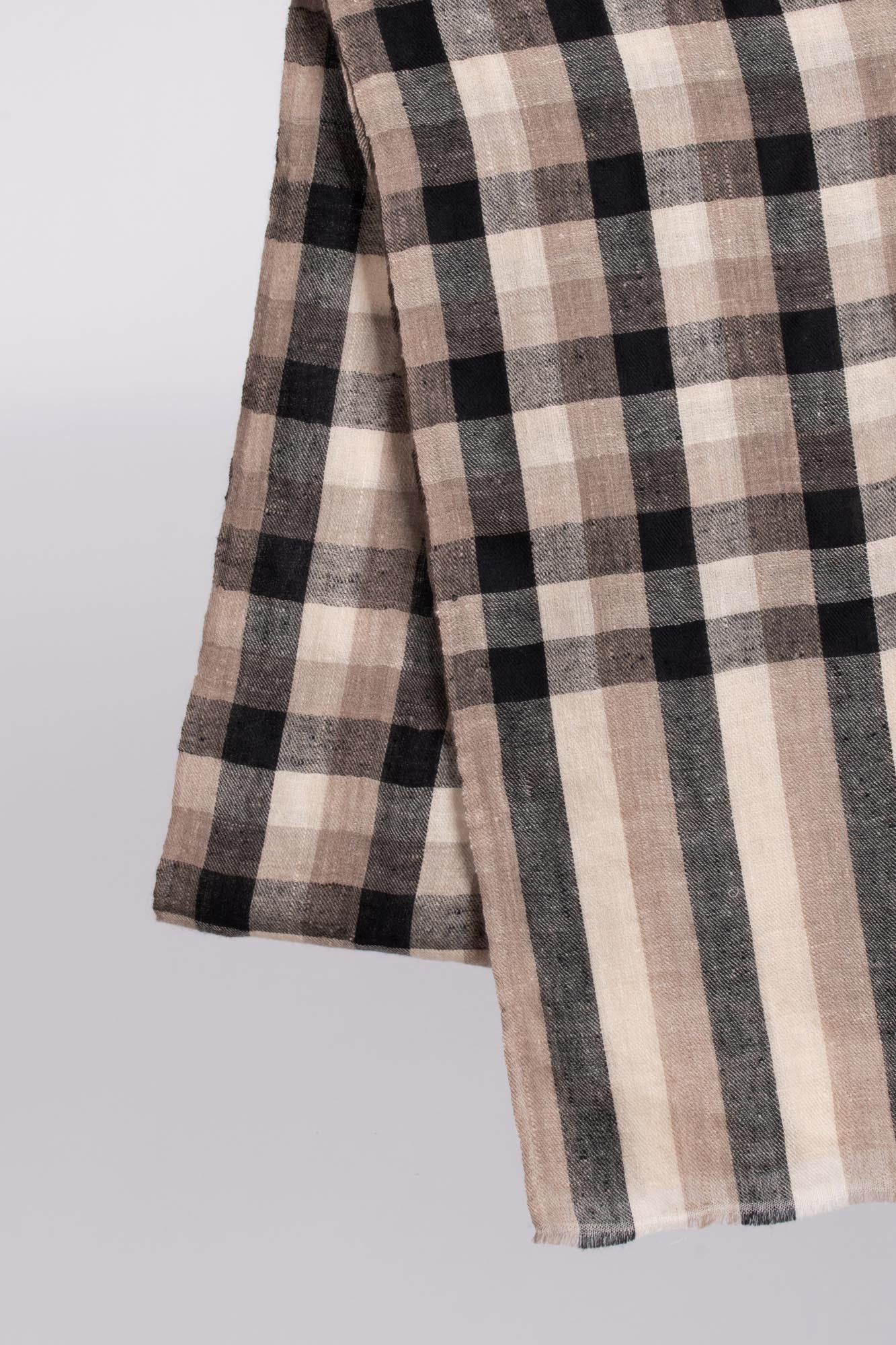
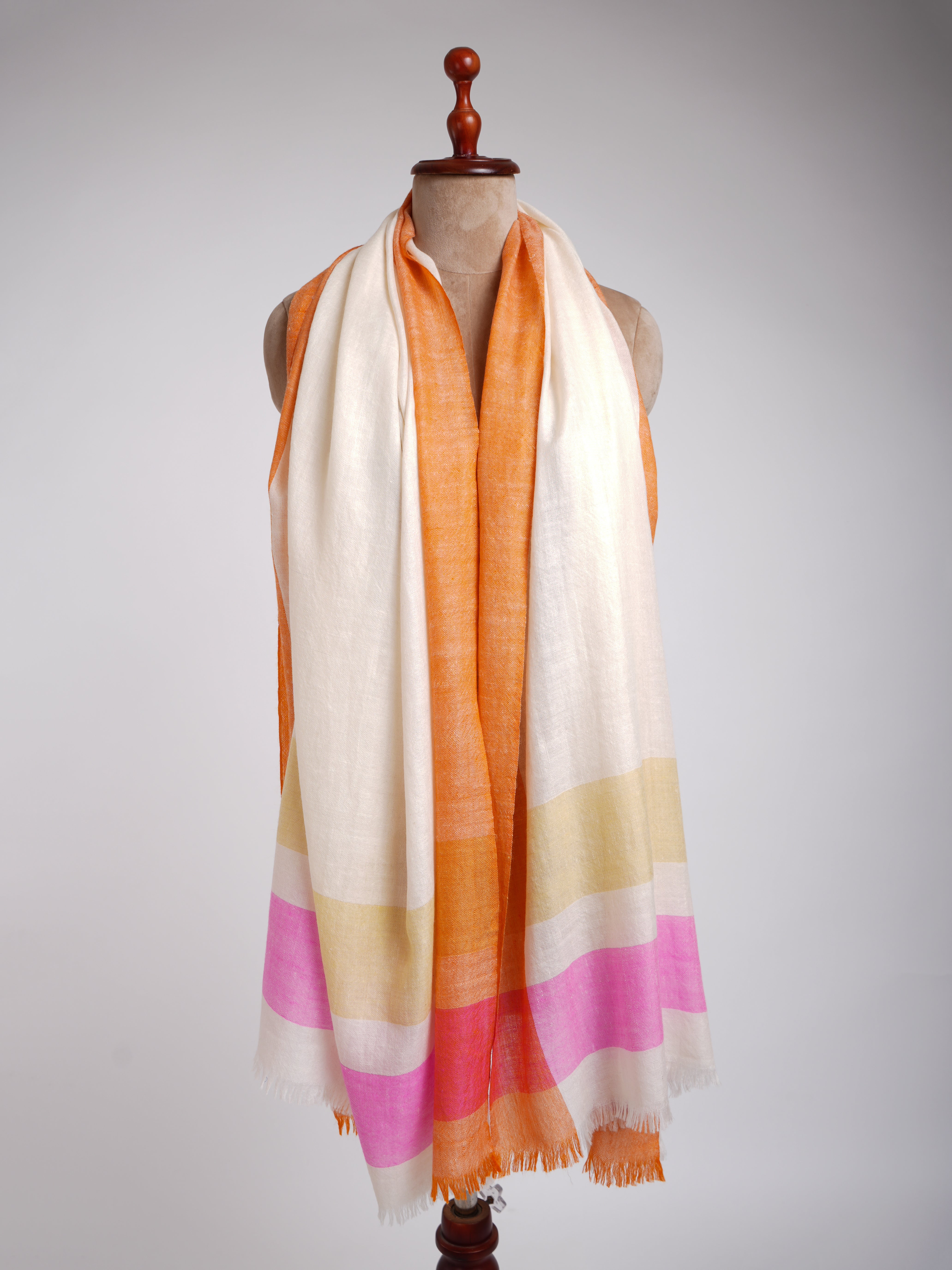
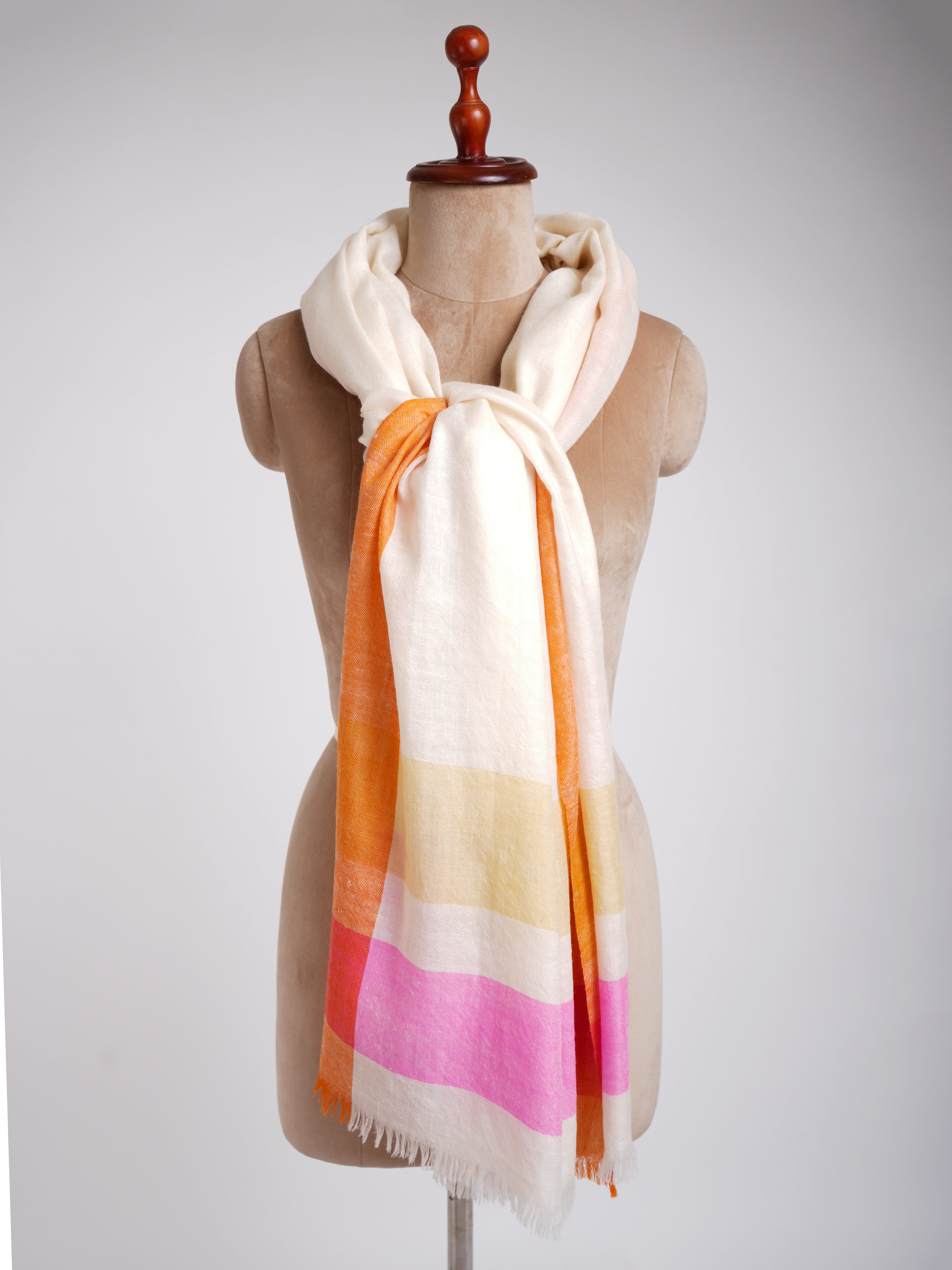
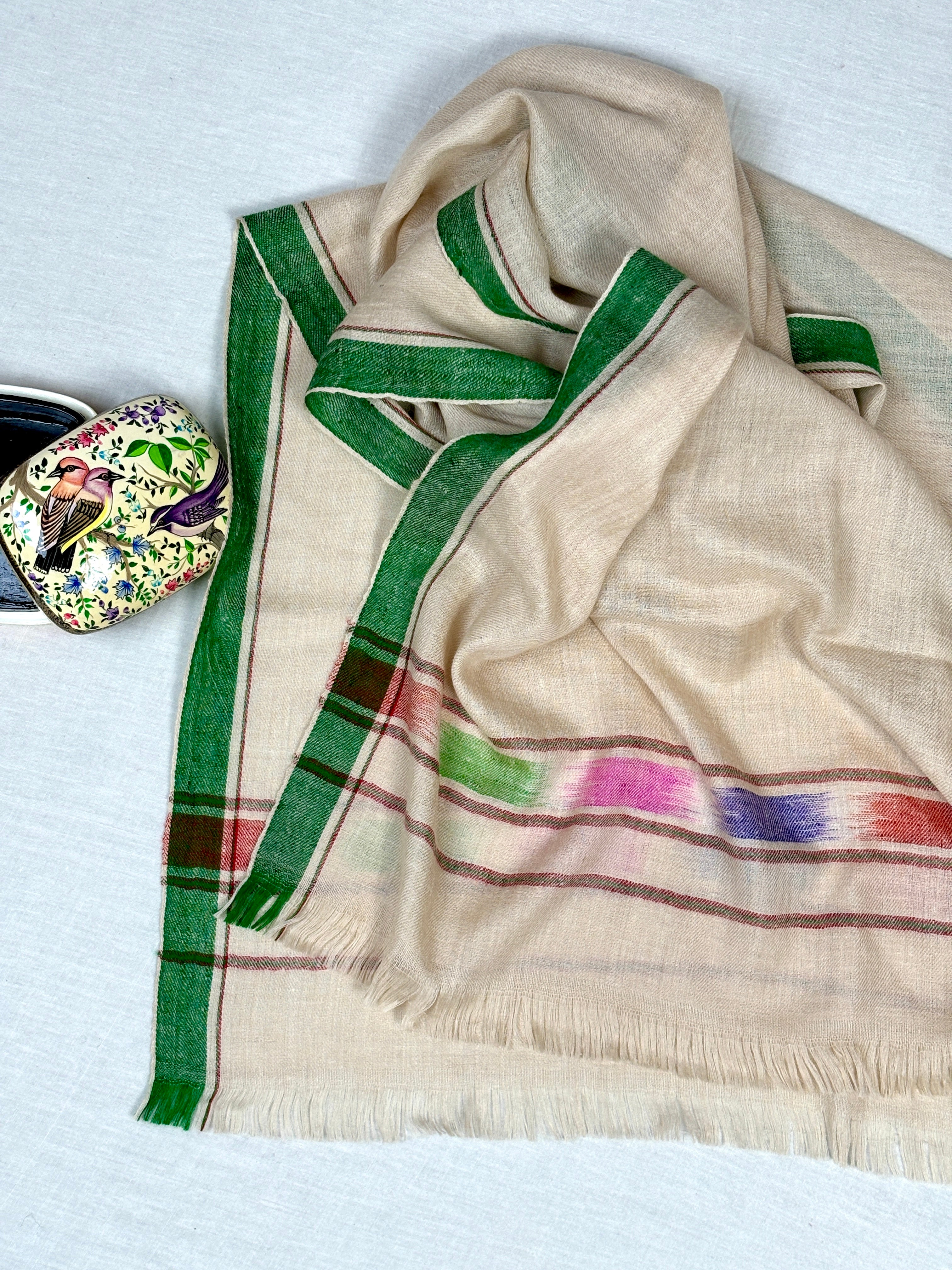
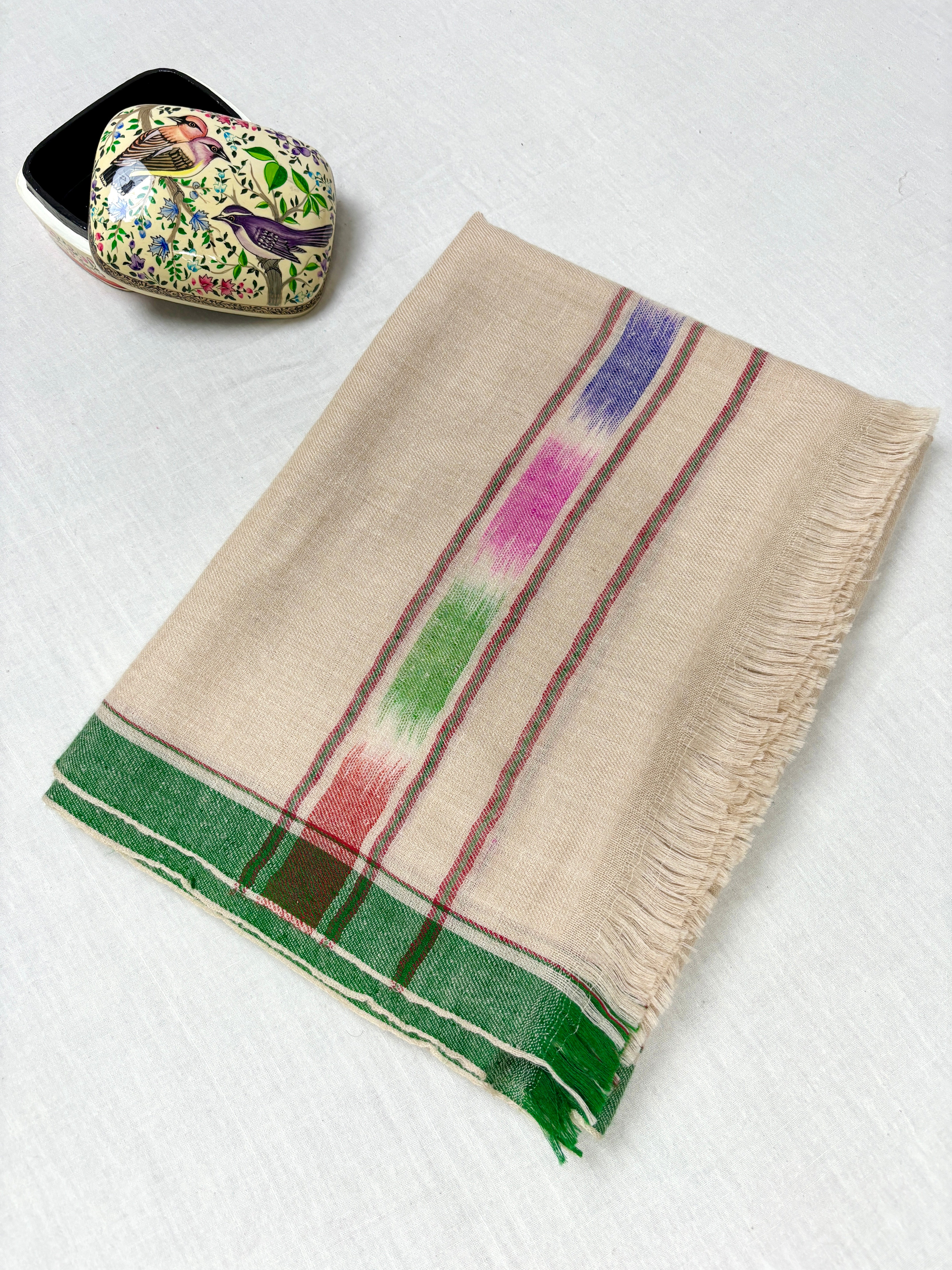


Leave a comment
This site is protected by hCaptcha and the hCaptcha Privacy Policy and Terms of Service apply.